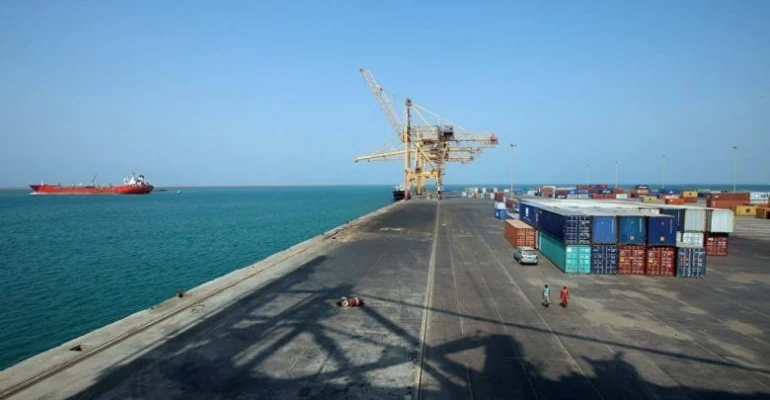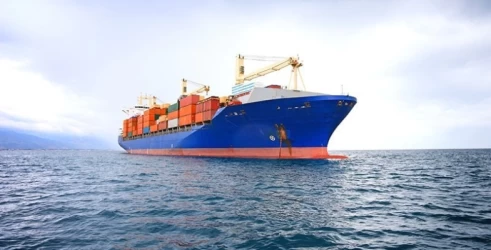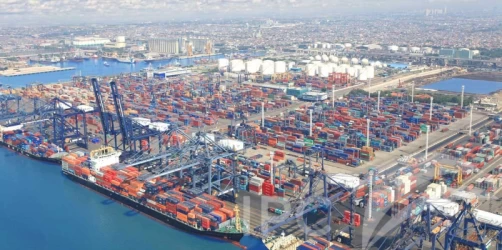Sea transportation in Hodeida port
Hodeida Port, located on the western coast of Yemen along the Red Sea, is one of the most significant maritime transportation hubs in the country. It serves as a critical entry point for goods and humanitarian aid to Yemen, particularly in light of the ongoing conflict and humanitarian crisis. This article provides a detailed examination of maritime transportation in Hodeida Port, its historical significance, infrastructure, challenges, and opportunities for improvement.
Geographic Location and Strategic Importance
Hodeida Port is strategically situated on the Red Sea, making it one of the key ports for international shipping routes. Its proximity to the Bab-el-Mandeb Strait, a crucial chokepoint for global maritime trade, enhances its significance. The port facilitates access to various shipping lanes, connecting Europe, Africa, and Asia. As such, Hodeida plays a vital role in the importation of essential goods, including food, fuel, and medical supplies, which are critical for the Yemeni population.
Historical Background of Hodeida Port
Hodeida has a long history as a trading hub, dating back centuries. It has traditionally been a focal point for trade in the Arabian Peninsula and the wider Red Sea region. The port gained prominence during the 19th century, becoming a vital link for maritime commerce.
In recent times, particularly after the opening of the Suez Canal, the port's importance has escalated as it serves as a gateway for goods entering Yemen. However, the onset of civil war in 2015 has dramatically altered the landscape of trade and transportation in Hodeida.
Infrastructure and Facilities at Hodeida Port
Hodeida Port boasts a range of infrastructure and facilities essential for maritime operations:
- Berths and Loading Equipment: The port has multiple berths capable of accommodating various types of vessels, including container ships and bulk carriers. The loading and unloading equipment at the port is designed to handle large volumes of cargo efficiently.
- Storage Facilities: Hodeida Port has warehouses and storage areas for imported goods, allowing for the safe keeping of essential supplies, including food and humanitarian aid.
- Maintenance and Repair Facilities: While limited, the port does have basic facilities for the maintenance and repair of vessels, which is crucial for ensuring the operational capacity of ships visiting the port.
Role of Hodeida Port in Humanitarian Aid
Given the severe humanitarian crisis in Yemen, Hodeida Port has become a lifeline for millions of people. The port is the primary entry point for humanitarian assistance, including food, water, and medical supplies. Organizations such as the United Nations and various NGOs rely heavily on Hodeida to deliver aid to those in need.
Despite the ongoing conflict, efforts have been made to facilitate the smooth flow of humanitarian shipments through the port. The port's continued operation is essential for preventing famine and addressing the urgent needs of the Yemeni population.
Challenges Facing Maritime Transportation in Hodeida
Despite its significance, Hodeida Port faces numerous challenges that impact its operational efficiency:
- Ongoing Conflict and Insecurity: The civil war in Yemen has led to significant security risks at the port. Incidents of shelling, airstrikes, and armed clashes have occurred near the port, posing threats to both ships and personnel.
- Blockades and Restrictions: Economic blockades and restrictions imposed by conflicting parties have severely limited the flow of goods into Hodeida. These limitations have led to increased prices for essential items and a shortage of supplies.
- Damaged Infrastructure: Years of conflict have resulted in damage to many of the port’s facilities. Repairs are urgently needed to restore the port’s full operational capacity.
- Limited Access to Humanitarian Aid: The security situation and bureaucratic hurdles often hinder the timely delivery of humanitarian assistance, exacerbating the suffering of the civilian population.
Opportunities and Recommendations
Despite these challenges, there are opportunities to improve the situation at Hodeida Port:
- Investment in Infrastructure: Significant investment is needed to repair and upgrade the port’s facilities. Enhancing infrastructure will increase capacity and efficiency, allowing for better handling of cargo.
- International Cooperation: Greater collaboration between international organizations, governments, and NGOs is essential for ensuring the continued operation of Hodeida as a humanitarian gateway. This cooperation can help facilitate the flow of aid and resources into Yemen.
- Enhancing Security: Implementing measures to improve security around the port can help protect vessels and personnel. This may involve international monitoring and support to ensure a safer environment for maritime operations.
- Streamlining Customs and Logistics: Simplifying customs procedures and improving logistical coordination can significantly enhance the speed and efficiency of cargo processing at the port.
Conclusion
Hodeida Port remains a critical maritime transportation hub in Yemen, serving as a lifeline for the country amidst ongoing conflict and humanitarian crisis. Its strategic location, historical significance, and role in facilitating the import of essential goods underscore its importance. However, addressing the challenges it faces—such as security risks, infrastructure damage, and restrictions on humanitarian access—will require concerted efforts from local and international stakeholders. With proper investment and support, Hodeida Port can continue to play a vital role in the recovery and support of the Yemeni population.
If you have any specific questions or need further assistance, feel free to ask!











